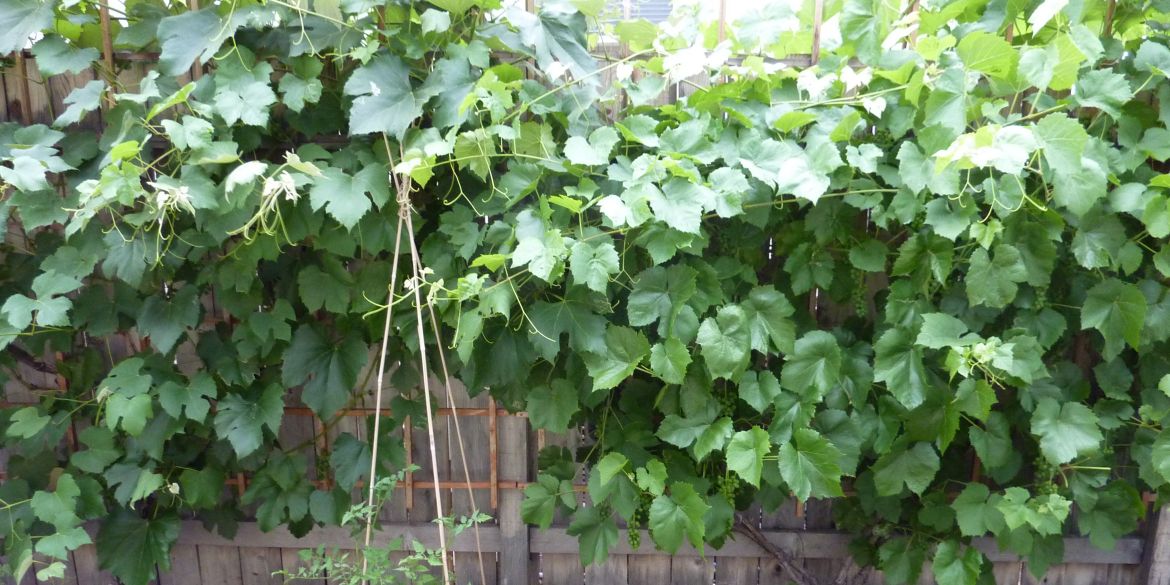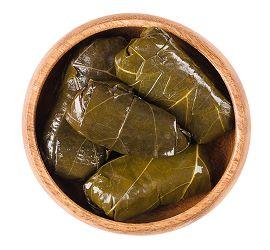Important Seasons
Seasonal Details
Picking fresh grape leaves from the vine is a treat, but you can also buy preserved leaves year-round.
If you have the climate and the space in your back yard, it's a wonderful thing to have a grape vine or two, not only for the grapes, but also for the leaves.
Many counties utilize grape leaves for food, but probably the most familiar way of preparing grape leaves is in the classic Greek delicacy, Dolmades.
Preparing Tips
Pick the young leaves that are large enough for stuffing. Gently place them in simmering water for just a few minutes to blanch them. This will make the leaves easier to fold and much more appetizing.
Preserving Tips
Blanch fresh leaves in salted water. While still wet, arrange the leaves into short stacks, then gently roll the stacks so that the rolls can fit together in a quart sized canning jar. Once the rolls of leaves are positioned, fill the jar with boiling water infused with the juice of a fresh lemon. Seal the jars as you would for any canning venture.
Nutritional/Medicinal Information
According to Cedar's, a manufacturer of stuffed grape leaves with rice, "For those watching their weight, grape leaves are very low in calories -- about 14 calories for every five leaves. For general health and wellness, grape leaves are a good source of nutrients, including vitamins C, E, A, K and B6, plus niacin, iron, fiber, riboflavin, folate, calcium, magnesium, copper and manganese."
Distinctive Uses
For making Dolmades, Sarma, and other dishes.



